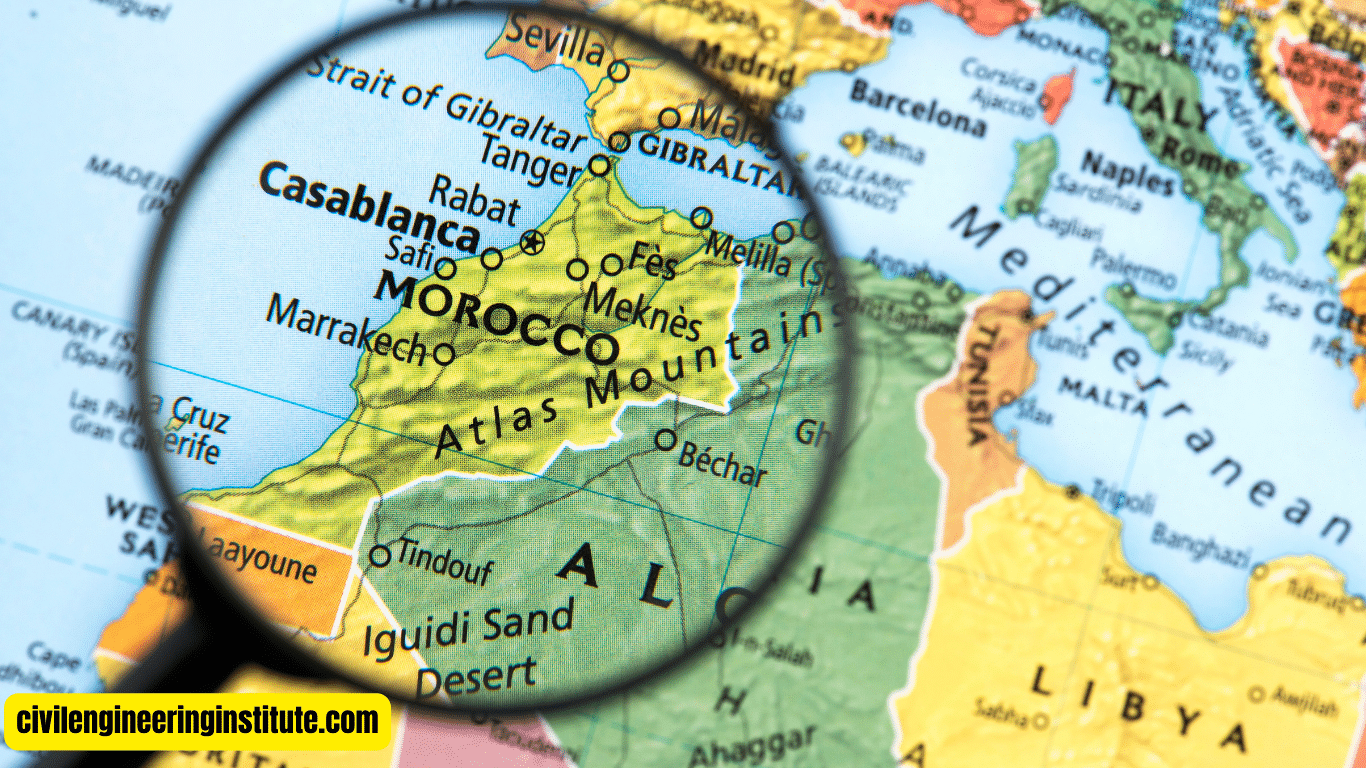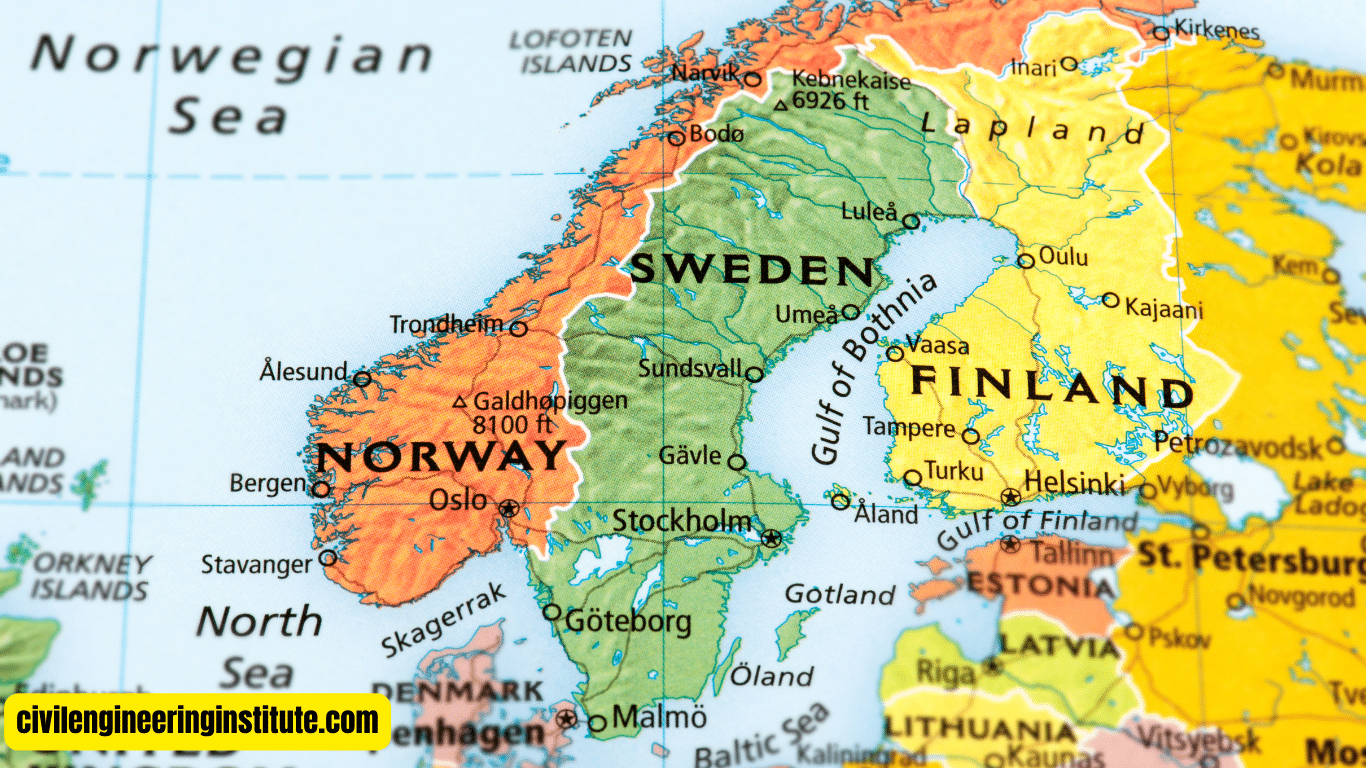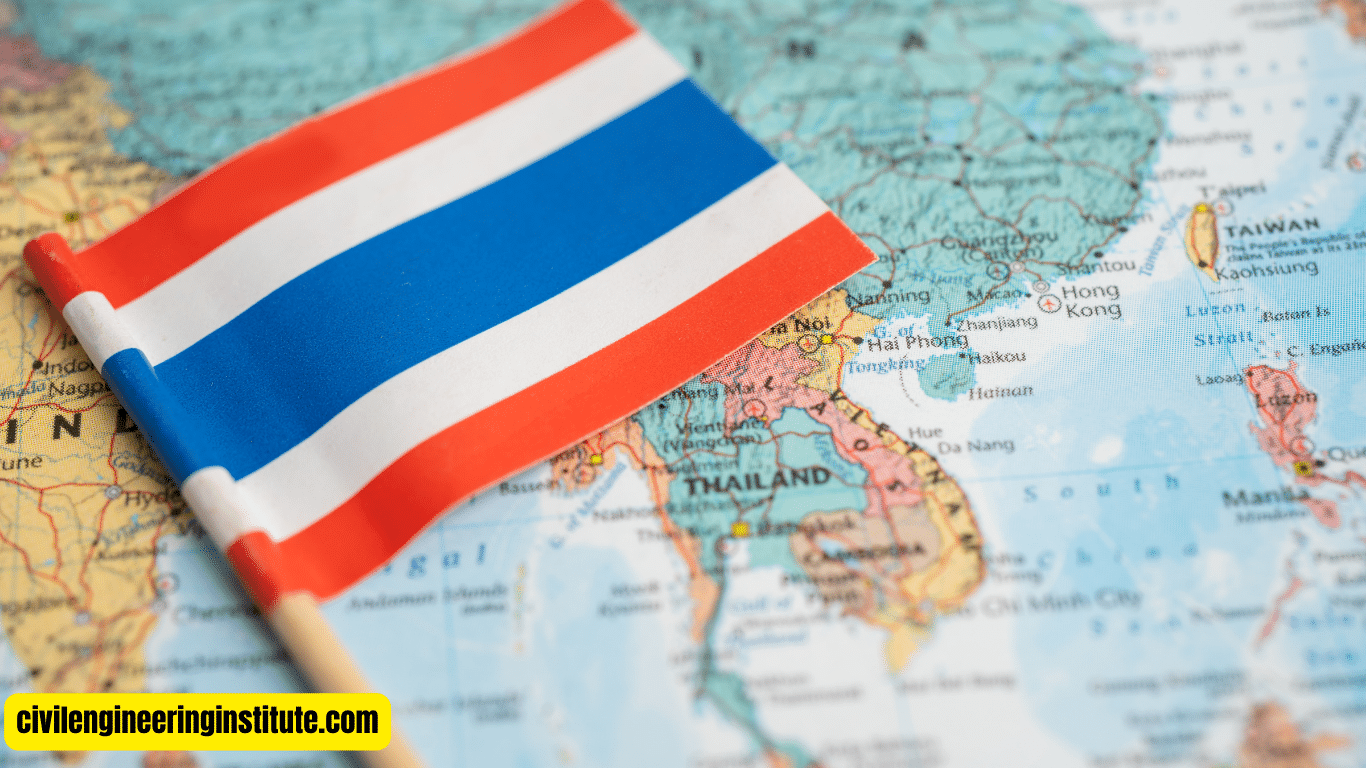Map design in cartography plays a fundamental role in creating maps that are easy to read and understand. It involves the careful selection of colors, symbols, and fonts to represent geographical features accurately. Good map design considers factors like clarity, balance, and hierarchy to ensure that the most important information stands out.
Cartographers also use techniques like scale, orientation, and projection to accurately depict the Earth’s surface on a flat map. Additionally, modern map design often incorporates digital tools and technologies to enhance usability and interactivity. By prioritizing clear communication and user-friendly visuals, effective map design helps people navigate and interpret geographic information with ease.
Map Design in Cartography: A Comprehensive Guide
In the realm of cartography, map design stands as a cornerstone, shaping how we perceive and understand geographic information. While maps serve as visual representations of our world, their effectiveness hinges on thoughtful design principles. In this article, we delve into the nuances of map design in cartography, exploring its importance, key elements, and modern applications.
Understanding Map Design
At its core, map design entails the art and science of crafting visually appealing and informative maps. It goes beyond merely plotting geographic features onto paper or digital screens; rather, it involves a meticulous process of selecting colors, symbols, typography, and layout to convey spatial information effectively. A well-designed map should be intuitive to interpret, guiding viewers seamlessly through complex terrain.
The Importance of Map Design
Effective map design is paramount for several reasons. Firstly, it enhances clarity and readability, ensuring that viewers can easily discern between different features and understand their spatial relationships. Secondly, it facilitates communication, allowing map users to grasp information quickly and make informed decisions. Whether for navigation, urban planning, environmental analysis, or historical research, well-designed maps serve as invaluable tools for a wide range of applications.
Key Elements of Map Design
- Color Palette
- Symbols and Icons
- Typography
- Scale and Proportion
- Layout and Composition
Color Palette: The choice of colors can significantly impact a map’s readability and aesthetic appeal. Cartographers must select colors that are visually distinct and meaningful, using color schemes to represent different categories or attributes.
Symbols and Icons: Symbols play a crucial role in conveying geographic features such as landmarks, roads, rivers, and vegetation. They should be standardized and easy to understand, with clear legends or keys to explain their meanings.
Typography: Font selection and placement are essential for guiding viewers’ attention and conveying textual information. Clear and legible typography ensures that labels, titles, and annotations are easily readable at various zoom levels.
Scale and Proportion: Maintaining accurate scale and proportion is vital for preserving spatial relationships on maps. Cartographers employ techniques like map projections to represent the curved Earth’s surface on flat media without distorting distances or angles.
Layout and Composition: The arrangement of elements on a map can significantly impact its visual appeal and usability. A well-balanced layout maintains a harmonious distribution of space, avoiding clutter and ensuring that important information stands out.
Modern Trends in Map Design
With advancements in technology, map design has evolved to embrace digital tools and interactive features. Geographic Information Systems (GIS) software enables cartographers to create dynamic maps with layers, overlays, and real-time data integration. Web mapping applications like Google Maps and Mapbox offer customizable interfaces and responsive designs, catering to diverse user needs. Additionally, 3D mapping techniques and virtual reality (VR) technologies provide immersive experiences, allowing users to explore landscapes in unprecedented detail.
Challenges and Considerations
While map design offers boundless creative opportunities, it also presents challenges and considerations. Cartographers must navigate issues such as data accuracy, cultural sensitivity, and accessibility when designing maps for diverse audiences. Furthermore, the proliferation of misinformation and manipulated maps in the digital age underscores the importance of promoting cartographic ethics and critical thinking skills among users.
Some key points: Map design in cartography
Map Design Process in Cartography
The map design process in cartography involves several key stages aimed at creating visually appealing and informative maps. It typically begins with gathering geographic data from various sources, such as satellite imagery, surveys, and government databases. Once the data is collected, cartographers analyze and preprocess it to ensure accuracy and relevance to the map’s purpose. Next, they determine the map’s scale, projection, and orientation, considering factors like geographic extent and intended audience. Then, cartographers select appropriate symbols, colors, typography, and layout to effectively represent the geographic features and convey spatial relationships. Finally, they refine the design through iterative feedback and testing, ensuring that the map meets its objectives and is user-friendly.
Map Design Concepts
In map design, several key concepts guide the creation of effective and visually appealing maps:
- Clarity: Maps should be easy to read and understand, with clear labeling and symbols.
- Simplicity: Avoid clutter and unnecessary details to focus on essential information.
- Consistency: Maintain a uniform style and design throughout the map for coherence.
- Hierarchy: Emphasize important features through size, color, or placement to guide viewers’ attention.
- Balance: Distribute elements evenly across the map to create a visually pleasing composition.
Importance of Map Design
Map design is essential for several reasons. Firstly, it enhances communication by presenting complex spatial information in a clear and accessible format. Well-designed maps facilitate navigation, decision-making, and understanding of geographic phenomena. Additionally, map design fosters engagement and appreciation of geographic data, encouraging users to explore and interact with maps effectively. Moreover, in fields like urban planning, environmental management, and emergency response, well-designed maps play a vital role in informing policies and actions.
Elements of Map Design
The elements of map design include:
- Color: Used to differentiate features and convey information.
- Symbols: Represent geographic features such as roads, rivers, and landmarks.
- Typography: Determines the style, size, and placement of text on the map.
- Scale: Indicates the relationship between map units and real-world distances.
- Layout: Organizes elements on the map to maximize clarity and usability.
Map Types and Principles
Maps can be categorized into various types based on their purpose and content, such as thematic maps, topographic maps, and navigational maps. The principle of a concept map involves visually organizing and connecting concepts or ideas using nodes and links to represent relationships and hierarchies.
Map-making methods
Maps are made using various methods, including traditional cartographic techniques like manual drafting and printing, as well as digital technologies such as Geographic Information Systems (GIS), remote sensing, and computer-aided design (CAD). Each method offers unique advantages and challenges, depending on the project’s requirements and available resources.
Disadvantages of Map Design
Despite its many benefits, map design also has some disadvantages. For example, designing accurate and visually appealing maps can be time-consuming and resource-intensive, particularly for large-scale or complex projects. Additionally, maps may contain errors or biases due to inaccuracies in data, cartographic decisions, or subjective interpretations. Moreover, designing maps that cater to diverse audiences with varying levels of spatial literacy and cultural backgrounds can pose challenges in communication and accessibility. Overall, while map design offers powerful tools for visualizing geographic information, it also requires careful consideration and attention to detail to mitigate potential drawbacks.
Conclusion
In conclusion, map design serves as a cornerstone of cartography, shaping how we perceive and interact with geographic information. By leveraging principles of clarity, communication, and creativity, cartographers can craft maps that inform, inspire, and empower users worldwide. As technology continues to evolve, the future of map design holds exciting possibilities, promising innovative solutions to complex spatial challenges. As we navigate an increasingly interconnected world, the role of map design in cartography remains indispensable.
FAQs
What is map design in cartography?
Map design in cartography refers to the process of creating visually appealing and informative maps. It involves selecting colors, symbols, typography, and layout to effectively represent geographic features and convey spatial information.
Why is map design important?
Map design is important because it enhances communication and understanding of geographic information. Well-designed maps are easy to read and navigate, making them useful tools for various purposes like navigation, urban planning, and environmental analysis.
What are the key elements of map design?
The key elements of map design include color, symbols, typography, scale, and layout. These elements work together to create clear, informative, and visually appealing maps.
What are the different types of maps?
There are various types of maps, including thematic maps, topographic maps, navigational maps, and political maps. Each type serves a specific purpose, such as representing statistical data, depicting terrain features, or showing boundaries between countries.
How are maps made in cartography?
Maps are made using a combination of traditional cartographic techniques and modern digital tools. Cartographers gather geographic data from sources like satellite imagery and surveys, then use software like Geographic Information Systems (GIS) to process and visualize the data into map form.
What are the main principles of map design?
The main principles of map design include clarity, simplicity, consistency, hierarchy, and balance. These principles help ensure that maps are easy to understand, visually pleasing, and effectively communicate spatial information.
What challenges do cartographers face in map design?
Cartographers face challenges such as data accuracy, cultural sensitivity, and accessibility when designing maps. They must also consider factors like map projection and scale to accurately represent the Earth’s surface on a flat map.
How does map design impact usability?
Map design impacts usability by influencing how easily users can interpret and navigate the map. Clear labeling, intuitive symbols, and a balanced layout enhance usability, making it easier for users to find information and make decisions.
What are some modern trends in map design?
Modern trends in map design include the use of digital tools like interactive maps, 3D mapping techniques, and virtual reality (VR) technologies. These innovations offer new ways to visualize and explore geographic information.
How can I learn more about map design in cartography?
You can learn more about map design in cartography through online resources, books, courses, and workshops. Studying examples of well-designed maps and practicing map-making techniques can also help improve your skills in map design.






